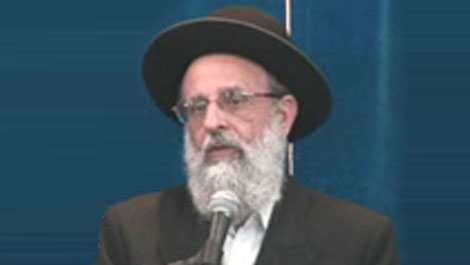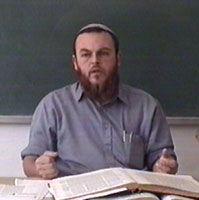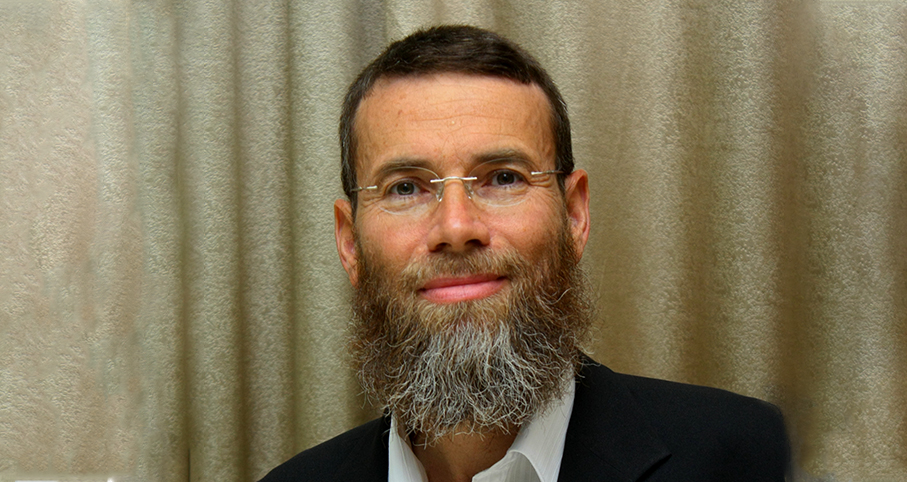Beit Midrash
- Sections
- Peninei Halakha
- Shabbat and Holidays
- Jewish Holidays
- Yom Haatzmaut
There is a mitzva to establish a holiday of rejoicing and praising God on a day when the Jewish people were saved. It was on this basis that the Sages established Purim and Ĥanuka as permanent holidays. Even though one may not add mitzvot to the Torah, this mitzva is derived from a kal va-ĥomer (a fortiori argument): When we left Egypt and were delivered from slavery, God commanded us to celebrate Pesaĥ and sing praise to Him every year; all the more so must we celebrate Purim, when we were saved from death (Megilla 14a). This principle served as the Sages’ basis for establishing Ĥanuka as well (Ritva ad loc.). Ĥatam Sofer explains (end of yd 233, oĥ 208) that since this mitzva is derived from a kal va-ĥomer, it is considered a Torah commandment. However, the Torah does not prescribe exactly how to establish a holiday; therefore, one who does anything to commemorate the salvation fulfills his Torah obligation. It was the Sages who determined that we read the megilla, conduct a festive meal, send mishlo’aĥ manot (gifts of food) to others, and give charity to the poor on Purim, and light candles on Ĥanuka.
Many Jewish communities throughout the ages kept this mitzva, instituting days of joy in commemoration of miracles that they experienced. Many of them included the word “Purim” when naming these days, like “Purim Frankfurt” and “Purim Tiberias.” Some communities had a custom to eat festive meals, send mishlo’aĥ manot to one another, and give charity to the poor on these days. Maharam Alashkar writes that the enactments that these communities made have binding force, obligating all of their descendants to keep them, even if they move to a new community (Responsa Maharam Alashkar §49). Other Aĥaronim concur (ma and Eliya Rabba 686:5).[4]
The great sage R. Meshulam Rath writes: “There is no doubt that we are commanded to rejoice, establish a holiday, and recite Hallel on the fifth of Iyar, the day that the government, the members of the Knesset [who were chosen by the majority of the people], and most of the greatest rabbis established as the day on which to celebrate, throughout the land, the miracle of our salvation and freedom” (Responsa Kol Mevaser 1:21).[5]
[4] Pri Ĥadash (oĥ 496, Kuntres Ha-minhagim 14) disagrees with Maharam Alashkar, stating that we may not establish new holidays after the destruction of the Temple, when the Sages canceled the holidays enumerated in Megilat Ta’anit. However, Ĥatam Sofer, oĥ 191, demonstrated that we should create new holidays; the fact that the Sages canceled the holidays mentioned in Megilat Ta’anit is no proof, since they canceled only the holidays that were connected to the Temple. Ĥatam Sofer adds that he himself celebrates “Purim Frankfurt” (or “Purim Winz”) on the twentieth of Adar, because he was born in Frankfurt, even though he had since moved elsewhere. It is also well known that Rambam established holidays for himself and his offspring in commemoration of salvations that he experienced – for example, surviving a storm at sea. A similar account is found in Ĥayei Adam 155:41. Yaskil Avdi oĥ 7:44:12 cites many examples of the institution of “Purim” days in various communities and consequently rules (vol. 8, omissions 4) that we may establish Yom Ha-atzma’ut as a holiday. Two more important sources on this issue from the Rishonim are: Ibn Ezra, Bamidbar 10:10; Rabbeinu Tam, cited in Tosafot Ri (Berakhot 8a in the Rif pages).
[5] In his Responsa Kol Mevasser 1:21:2-3, R. Meshulam Rath (who R. Zvi Yehuda Kook said was the generation’s greatest sage after the passing of R. Avraham Yitzĥak Kook) explains – based on Ramban, Ritva, and other Rishonim and Aĥaronim – that the foundation of the mitzva to establish Yom Ha-atzma’ut as a holiday is the kal va-ĥomer mentioned above. Therefore, establishing it was not a violation of bal tosif (adding to the laws of the Torah), since the prohibition against inventing a holiday refers only to holidays that do not commemorate a salvation. Based on this kal va-ĥomer, however, we are obligated to institute holidays that commemorate salvations. R. Roth adds that a prophet may not establish a new holiday based on prophecy. In the case of Purim was it necessary to produce a special scriptural exposition (Megilla 7a), only in order to canonize the book of Esther as part of Scripture.
It is worth noting R. Meshulam Rath’s reliable statement that Yom Ha-atzma’ut was instituted by the majority of the greatest rabbis. (Although they disputed whether one should recite Hallel with a berakha, most of the greatest rabbis agreed on the basic obligation to give thanks and rejoice.) And when Ĥatam Sofer, oĥ 191, s.v. “mihu,” writes that one might violate the prohibition of bal tosif by establishing a holiday for all of Israel, he merely means that one may not establish a national holiday to commemorate a miracle that happened to one Jewish community. However, when the entire Jewish people experienced a miracle, we are obligated to establish a holiday for all of Israel. See also R. Nahum Rackover’s Hilkhot Yom Ha-atzma’ut Ve-Yom Yerushalayim, which includes articles on the mitzva to establish a holiday on Yom Ha-atzma’ut written by the chief rabbis of Israel and other great Torah scholars.
Some have asked why Yehoshua neglected to establish a holiday to celebrate the conquest of Eretz Yisrael. The answer is that the festival of Pesaĥ commemorates both the redemption from Egypt and Israel’s subsequent entry into Eretz Yisrael. This corresponds to the fifth expression of redemption. Alternatively, R. Tzadok Ha-Kohen of Lublin (Pri Tzadik on Tu Be-Av) posits that the holiday of Tu Be-Av (the fifteenth of Av) was established to commemorate this event. Also, see below, n. 7.

























